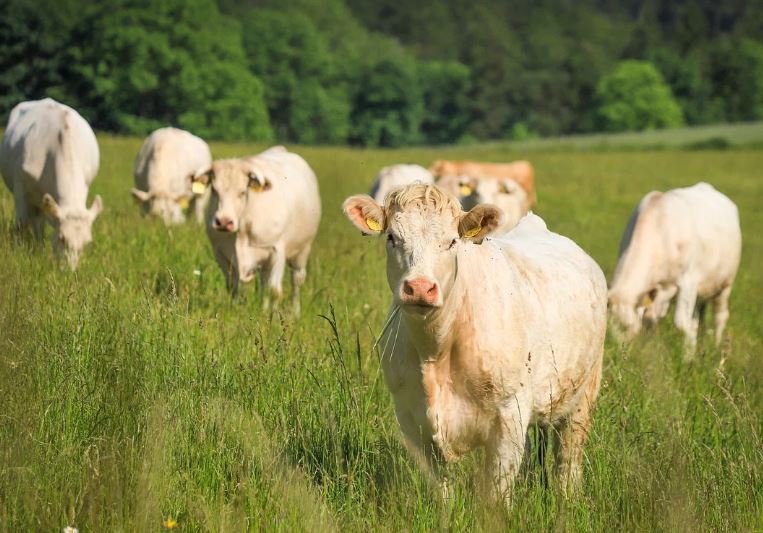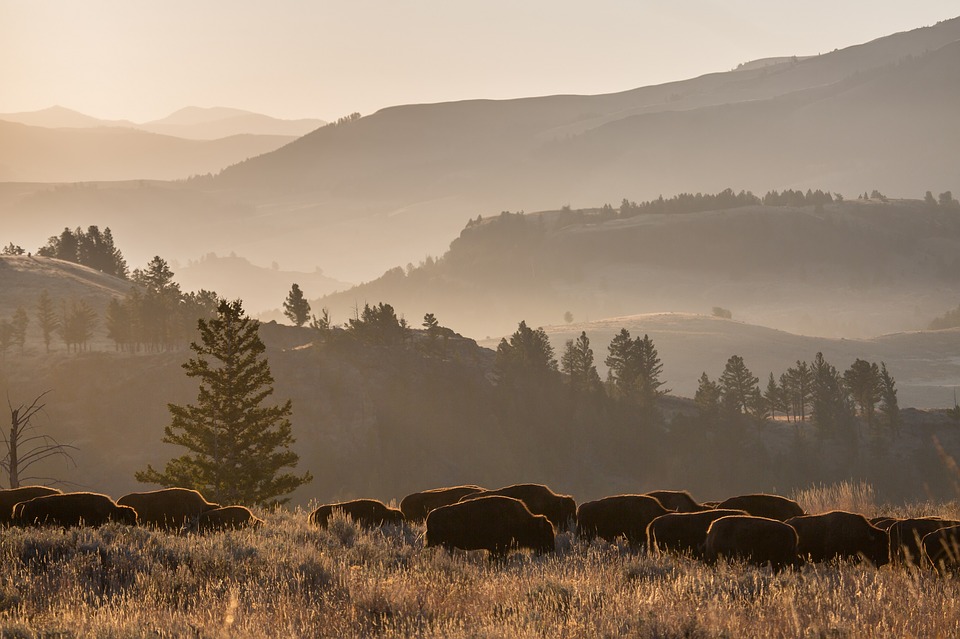Amy Joi O’Donoghue
Range wars: Tension mounts in the West over public lands grazing, wild horses and ranchers
More than 70 animal advocacy and conservation groups are calling on the Biden administration to eliminate livestock grazing on any public lands where wild horse populations exist, ramping up the debate on how rangelands should be used across the West, including in Utah.
Animal Wellness Action, the Animal Wellness Foundation, the Center for a Humane Economy, Western Watersheds and The Cloud Foundation joined a coalition of organizations demanding Interior Secretary Deb Haaland put a freeze on grazing permits, much like what was done for oil and gas drilling.
The groups assert that the Bureau of Land Management’s oversight of grazing permits is biased against wild horse populations and mass “roundups” are being driven by pressure from ranchers.
“Specifically, we advocate an immediate elimination of all cattle/sheep grazing on all horse-occupied BLM Herd Management Area (HMA) lands,” the letter reads, as well as an assessment and action to address livestock-induced ecological problems inside those herd management areas to help climate stabilization efforts and address biodiversity issues.
:no_upscale()/cdn.vox-cdn.com/uploads/chorus_asset/file/22496630/merlin_2868541.jpg)
The BLM insists there is an “overpopulation” of wild horses and burros. But the groups contend that is not true and public lands management is tipped in a grossly unfair away in favor of the ranching industry, with an estimated 4.3 million cattle and sheep on Western lands — or 30 of these domesticated animals for every wild horse.
In October 2019, the Deseret News reported then that nearly 90,000 wild horses and burros roamed in 10 Western states where government range watchers say there should be just under 27,000, and the horses are multiplying quickly.
On average, horse populations grow 15% to 20% every year in the wild, and left unchecked, the population across rangelands will double every four to five years.
“The American people cherish our wild horses and burros as living treasures, and iconic reminders of the essential role horses have played in American history and culture,” said Scott Beckstead, director of campaigns for the Center for a Humane Economy.
Beckstead added that Utah’s unique Onaqui herd is slated for roundup this summer, with the BLM aiming to remove 75% of the population.




Get feral horse numbers cut back a bunch.
It’s a taxpayer paid MESS.
Expand sheep and cattle ranges as possible.
Graze , low level winter burn, log etc…. Use the land. It gets wetter as you use it.
As a lifelong career horse person, former bison producer, and ranch / range “grass farmer” it is my humble opinion that the only common sense, cost effective and humane way forward is to transition the WH&B budget to ON the range management. The Stakeholders should be given contracts to manage the WH&B’s on the HMA’s This could be done cost-effectively & humanely for $1 – $2 / day per / head. In some cases, the Stakeholders, particularly the ranchers / livestock permittees, could derive more revenue than from a cow/ calf operation as was evidenced by a Fremont County WY model (2008) showing that annual net revenue on an 800 head cow/calf operation which depends on Public Land grazing was at that time about $50 / head. The financial incentive to manage the wild horses gives livestock operations the ability to pay for private pasture in the case of voluntary non-use OR reduce their livestock herd OR transition out of livestock completely. The ranchers / permittees, in my opinion, are the most qualified, equipped, and from a purely common sense perspective the best candidates for ON the range management contracts. However, each HMA / HA is unique and there are many variables to consider as to which Stakeholder group would be the best under the specific circumstances to perform on the contract. Finally, just as the current “path forward” dictates, the contracts should allow for a 10 year time frame to reduce the WH&B population growth rate to less than 10% or whatever population level (AML) is appropriate and necessary to achieve “thriving ecological balance” on the range.
Currently, the wild horses are being managed like livestock. The Public is not interested in managing wild horses as a commodity, especially as a food commodity as was done in the past AND is still a possibility under some of the current adoption “3 strikes rule” criteria. The Public expects that the wild horses be managed for recreational viewing and / or limited adoption purposes. They should be managed like wildlife (regardless of the feral vs. native argument) similar to other wildlife species. However, it goes without saying, hunting is NOT an option. Also, flooding the horse market through adoption is not serving the horse industry all the way around and does not reflect the “real” value of a wild horse, nor is it a cost effective or sustainable option.
We should do a hypothetical; take one HMA and do the math. Using Sand Wash Basin in NW Colorado:: Let’s say the population is 800 head. 800 head x $1 / head / day x 365 days is $292,000 ! The unknown cost is what it costs to bait trap gather and administer PZP. Of course, the annual net revenue would drop each year to adjust for AML but appropriate AML would be determined by the BLM FO and whoever has a contract to manage the wild horses.
When I first worked on this the BLM wild horse program budget almost covered all of the horses on the range in the census AND the ones in corrals at $1 / day / head. At $2/ day/ head it was short about $19 million but that’s what they were asking for in the last Appropriations bill I think. Wasn’t it $20 mil to do surgical sterilization etc. ?
It’s time for the Stakeholders and the BLM Field office wild horse and Burro specialists to stop demonizing each other and have a serious sit-down and figure this out on a case by case, HMA by HMA basis. There is no need for a the ranchers’ livelihood to be threatened nor should it matter what species is on the range it needs to be managed cost-effectively under the multiuse mandate to achieve “thriving ecological balance” for all concerned.